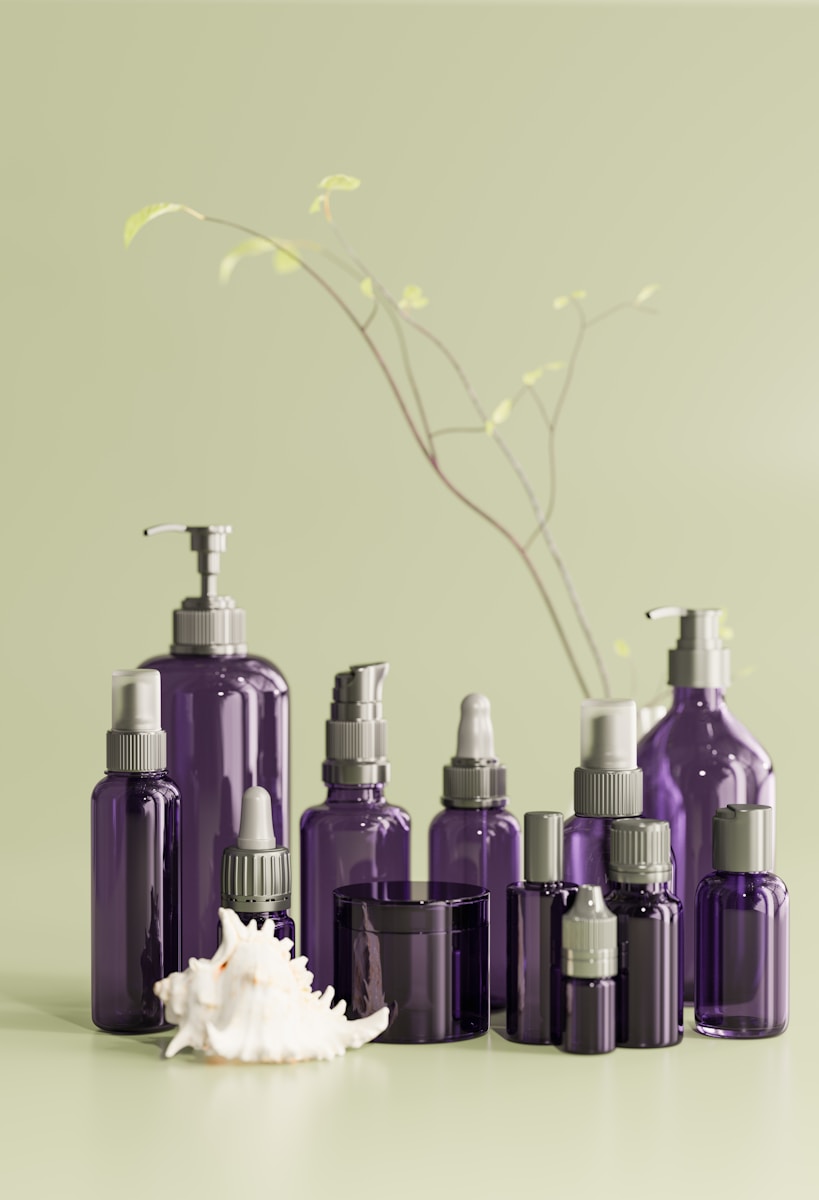


The world of skincare products is vast and often overwhelming. How do you decide whether to stick with one brand for all your skincare needs or mix and match products from various brands? The choice can have significant implications for your skin’s health and appearance.
Understanding Skincare Regimen Basics
Your skin is unique, and so should be your skincare regimen. A basic skincare routine often includes a facial cleanser, moisturizer, and sunscreen. More elaborate routines may involve essences, serums, eye creams, exfoliators, masks, and more.
When tailoring a skincare routine that suits you, several factors come into play. These include your skin type, any skin issues or conditions you may have, active ingredients your skin can tolerate, and any allergies you might have. But is it necessary to source all your products from one brand?
The Single Brand Approach: Pros & Cons
There is a school of thought that advocates for using a single skincare line. This approach is hinged on the belief that products from the same brand are often formulated to work best together.
The Upside
Skincare brands typically test their products together, ensuring that their products complement each other when used in the same routine. This understanding reduces the likelihood of irritation from ingredient conflicts, such as retinol and vitamin C.
The Downside
Sticking to one brand can limit you to the ingredients and philosophy of that particular brand. This approach may cause you to miss out on potentially beneficial products from other brands.
The Mixed Brand Approach: Pros & Cons
Others believe in the benefits of variety in their skincare regimen. This perspective encourages mixing and matching products from different brands.
The Upside
This approach allows you to handpick products that suit your skin. It offers you a wider range of options, making it more exciting for advanced skincare users.
The Downside
Mixing and matching requires more trial and error, and may require a deeper understanding of cosmetic chemistry. There are potential risks of irritation from conflicting ingredients and overuse of certain ingredients.
Guidelines for Mixing and Matching Skincare Brands
If you’re considering mixing and matching skincare products, the following tips can help you curate a routine that minimizes irritation:
- Avoid combining products with conflicting ingredients.
- Be mindful of ingredients that may cause irritation when used frequently.
- Pat your products on instead of rubbing to prevent pilling.
- Research on active ingredients. Use an ingredient checker for more information.
- When introducing new products and brands, use them for at least 3 months.
- Consult with a dermatologist for specific skin needs.
The Final Word
In deciding whether to stick to one brand or mix and match, remember that everyone’s skin is different. What works for others may not work for you. The most important thing is to choose a routine that works best for your skin and makes you happy.
